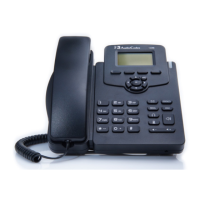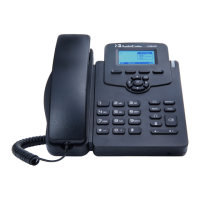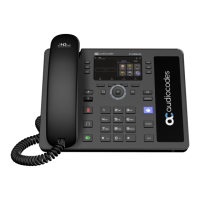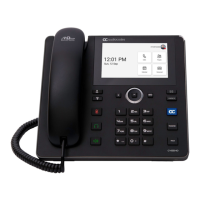What to do if my AudioCodes IP Phone displays 'LAN Link Failure'?
- FFrancis HudsonSep 12, 2025
If your AudioCodes IP Phone displays a 'LAN Link Failure' message, it means there's likely a problem with the LAN connection. Check the following: * Make sure the LAN cable is securely connected to the LAN port on the back of the phone. * Verify that the other end of the LAN cable is connected to the network switch. If it's not, inform your system administrator.
















